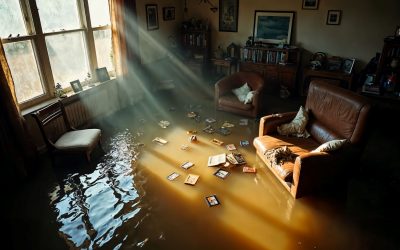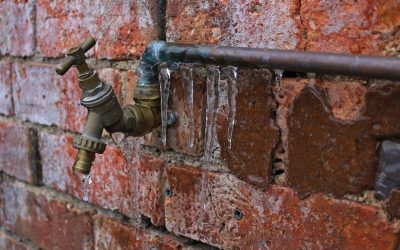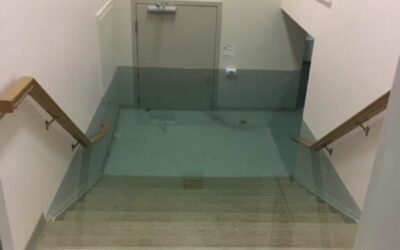Is It Normal to Have Water in Basement After Heavy Rain? Essential Tips for Homeowners
Seeing water in your basement after heavy rain can be confusing and concerning. Many homeowners ask if this is normal or a sign of a bigger problem. While some moisture is common due to basements being below ground, not all water is harmless. This article offers essential tips for homeowners to understand when water is normal, when it signals trouble, and how to protect your basement from damage.
1. Why Basements Are Prone to Moisture
Basements sit at or below ground level. Rain saturates surrounding soil. That builds pressure—known as hydrostatic pressure—and water pushes through walls or floors. Cracks, porous concrete, or poor exterior coatings make water entry easier.
Even newer homes are not immune. Poor grading, damaged weeping tiles, or clogged downspouts can cause pooling. Simple signs like damp walls, peeling paint, or musty odours can hint at trouble. Catching these issues early prevents damage and expensive repairs.
2. When Moisture Crosses the Line
Some humidity in older homes feels normal. However, persistent pooling water, spreading stains, or a lingering musty smell should concern you. These signs can mean structural issues, mould growth, or wood decay.
Mould spores thrive in damp spaces. They can trigger allergies, worsen asthma, and cause respiratory irritation. Structural damage is another concern—wood framing can rot, steel can rust, and concrete can weaken.
Ignoring these issues risks serious and costly repairs. If you’re seeing these symptoms, consider a professional inspection to diagnose and target the real issue.
 3. Smart Steps You Can Take Now
3. Smart Steps You Can Take Now
You don’t need to wait to act. Try simple, effective steps that help manage water until you decide your next move:
Clean gutters and clear downspouts yearly.
Ensure downspouts discharge water at least six feet from the foundation.
Grade soil away from the home so water flows outward.
Seal small foundation cracks with masonry-grade caulk.
Use a dehumidifier in damp seasons.
Test your sump pump monthly, especially before storms.
Keep window wells clear of debris and install covers.
Check outdoor taps and hose bibs for leaks that add moisture.
These measures help—especially in well-maintained homes—but may not offer a long-term fix. Heavy rain combined with saturated soil can overwhelm even well-designed drainage systems.
4. DIY Work vs. Professional Assessment
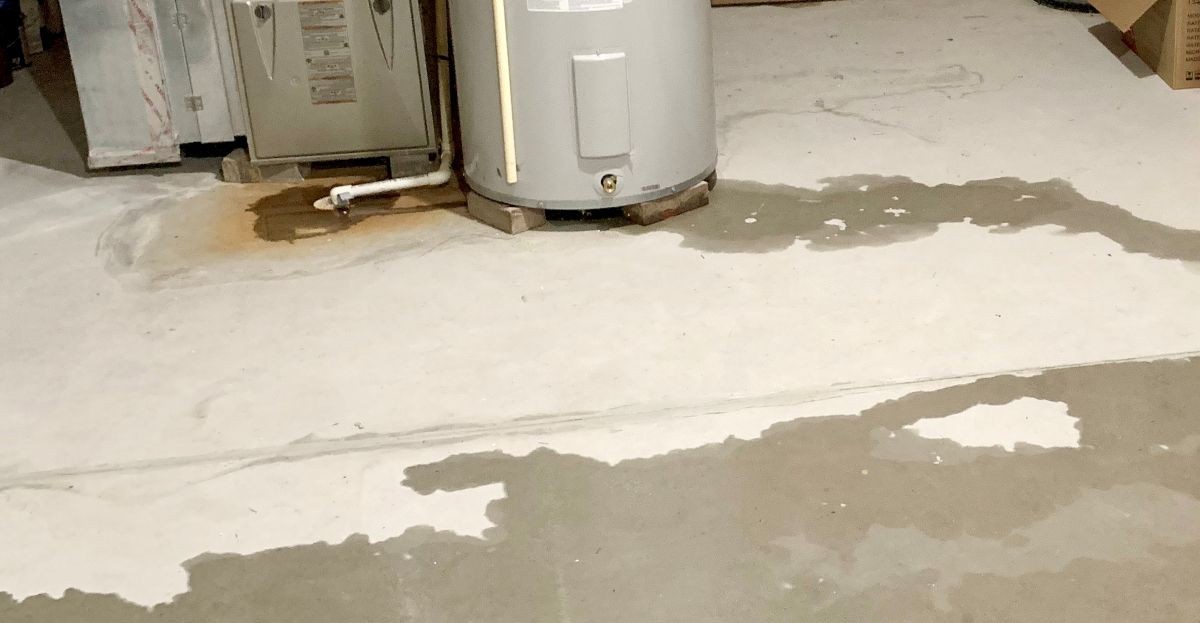 DIY actions offer temporary relief and can reduce surface water pressure. For example, you might notice water only near one corner after rain. Redirecting a downspout could stop the issue.
DIY actions offer temporary relief and can reduce surface water pressure. For example, you might notice water only near one corner after rain. Redirecting a downspout could stop the issue.
However, problems like hairline cracks in basement walls or constant seepage across a large area usually point to deeper issues. Hydrostatic pressure, collapsed drainage pipes, or deteriorated exterior waterproofing often require skilled equipment and expertise.
If you suspect rain is forcing water through your foundation or spreading across floors, it’s time to consult a licensed plumber or waterproofing specialist for a full evaluation.
5. What Professionals Bring to the Table
A waterproofing expert or plumber brings tools and know-how you likely don’t have:
They inspect the foundation, walls, and flooring for weak points.
They test for hydrostatic pressure and locate water entry paths.
They recommend tailored solutions—interior or exterior, depending on your home.
They ensure safe, code-compliant work, including any permits needed.
In London, Ontario, BEST Plumbing and Drainage Contractors, offers that local experience. They help you choose smart, lasting solutions for your home.
6. Long-Term Defense: Drainage & Waterproofing Systems
 Here are effective long-term strategies that tackle water before it becomes a problem:
Here are effective long-term strategies that tackle water before it becomes a problem:
French Drains / Weeping Tiles: Installed around your foundation, these pipes collect and direct water away from your home. They relieve pressure on basement walls and floors.
Interior Drainage + Sump Pump: This combination collects seepage under the basement floor. The pump sends water safely away from the foundation. Ideal when exterior access is limited.
Exterior Waterproof Membrane: A coating applied to the outside of foundation walls. It forms a barrier that stops water from penetrating concrete or block.
Yard Regrading: Adjusts soil slope so water flows away instead of toward the foundation. This often pairs with extended downspouts for maximum effect.
Foundation Crack Injection: Seals cracks from inside or outside, restoring waterproofing and stopping seepage.
According to Canadian building experts, combining more than one method often provides the best protection, especially in high-rainfall areas or places with clay-heavy soil. (thespruce.com, buildingscience.com)
7. Knowing When a Permit Is Required
Most basement waterproofing projects do not require a permit. However, if the work involves adding a sump pit, sump pump, storm sewer connection, or significant drainage modifications, permits may be necessary. Trusted professionals, like those at BEST Plumbing and Drainage, can handle permit applications and ensure compliance with local regulations, so homeowners don’t have to worry.
8. How Much Will It Cost?
Costs vary depending on methods and home size. According to recent Canadian estimates:
Expect $3,000 to $7,000 on average for waterproofing. (greenbuildingcanada.ca)
More extensive projects—like full exterior waterproofing—can range higher but offer long-term protection.
Budgeting helps you plan wisely and prioritize the most effective strategies.
9. Do-It-Right Tips & Seasonal Timing
Dry season is best for waterproofing. It ensures materials adhere well and soil is stable.
Keep regular maintenance up: clean gutters, check sump pumps, and patch small damage before storms hit.
In winter, ensure snow is shoveled away from the foundation to prevent meltwater seepage.
Stay proactive. Persistent dampness may evolve into mould or structural damage.
10. Helpful Internal Resources from BEST’s Blog
Want to learn more? Here are relevant posts on BEST’s blog:
6 Serious Causes of Wet Basements and How to Fix Them Fast – Spot root causes and fast solutions.
How to Effectively Dry Out a Wet Basement: A Complete Guide – Step-by-step advice to remove water safely.
How to Stop Water Seepage Through Concrete Walls: A Complete Guide – Practical tips for sealing leaks.
11. External Resources from Trusted Canadian Sources
For added confidence, these Canadian resources offer authoritative insights:
National Building Code of Canada (NBC) – Understand technical standards for building and waterproofing. (nrc.canada.ca)
CSA Z800-18 Guideline on Basement Flood Protection – Covers flood-risk mitigation strategies for residential buildings. (climateinsight.ca)
12. Final Thoughts: Act Smart, Stay Ahead
Finding water in your basement after a heavy rain is not unusual—but it deserves attention. Early action stops small leaks from becoming big, costly problems. Start with simple fixes, keep notes, and call in a pro when needed.
Trusted Local Expertise You Can Count On
Need a trusted local choice? For London, Ontario homes and businesses, BEST Plumbing and Drainage Contractors has been serving the community for over 50 years. Their team brings even more combined experience protecting basements from water damage. They offer reliable waterproofing backed by a solid warranty, giving you confidence in their work. BEST provides a free consultation and quote to assess your specific needs and recommend the best solutions for your home. Reach out early to safeguard your property and enjoy peace of mind—call today or complete their online form.


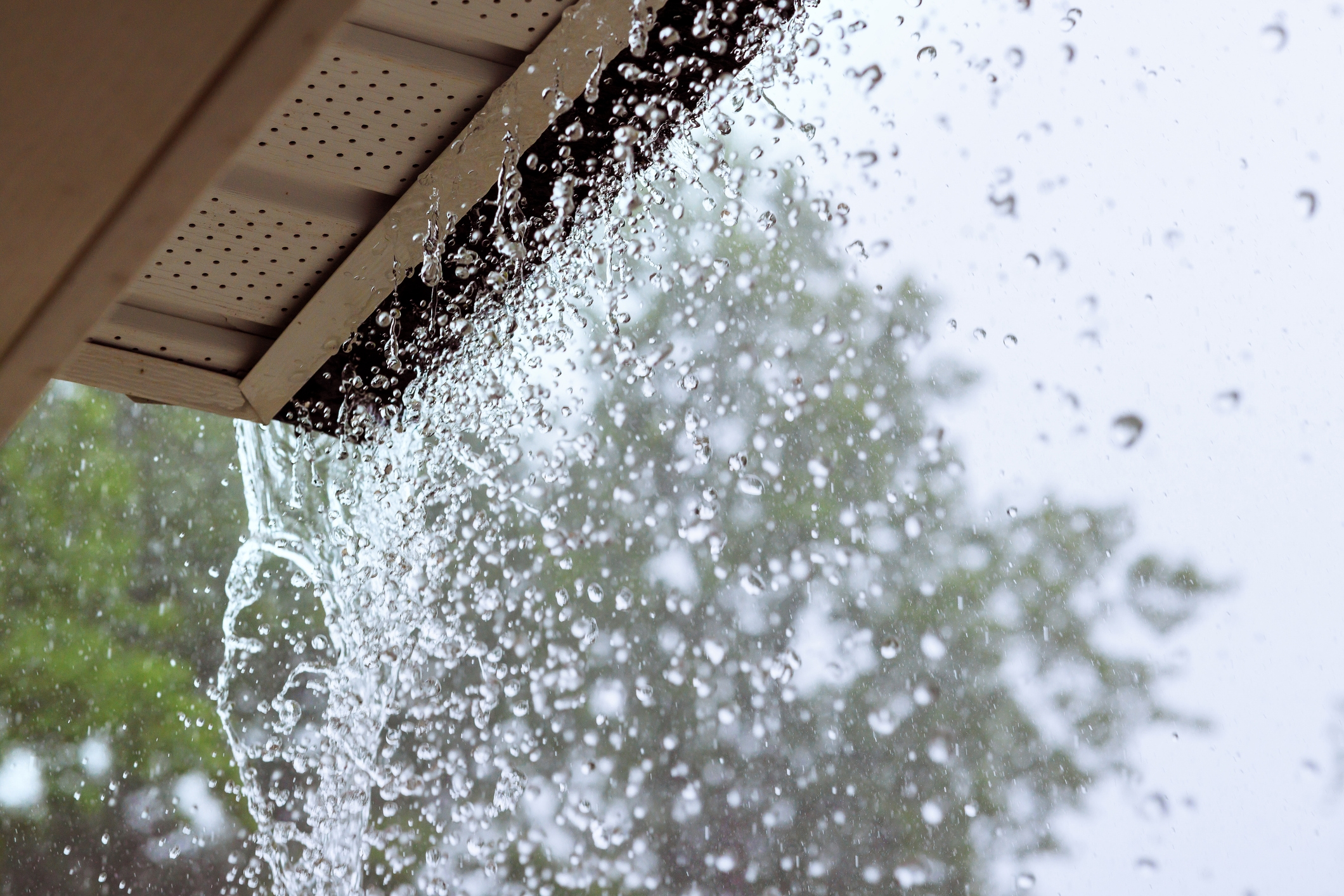
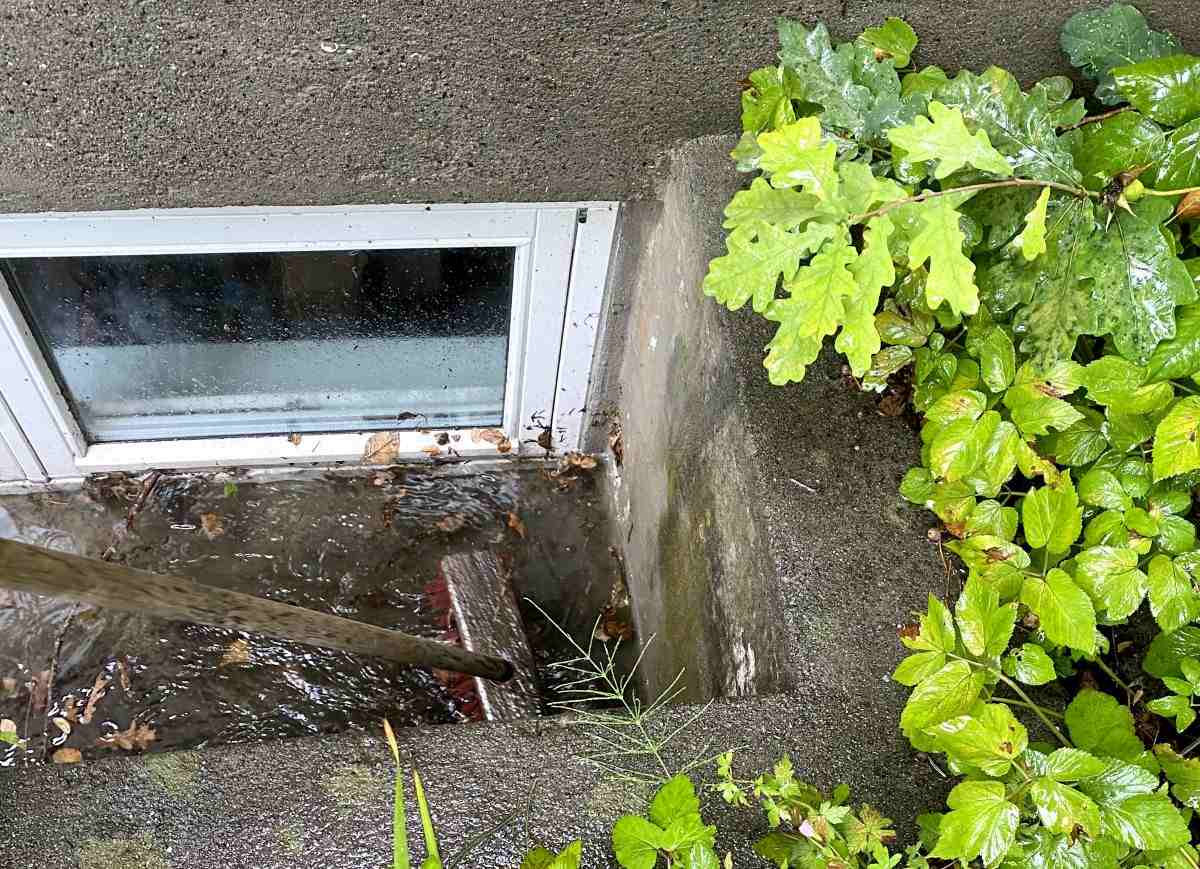 3. Smart Steps You Can Take Now
3. Smart Steps You Can Take Now